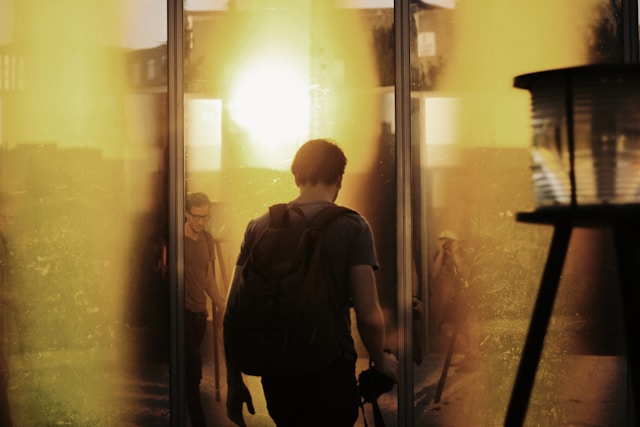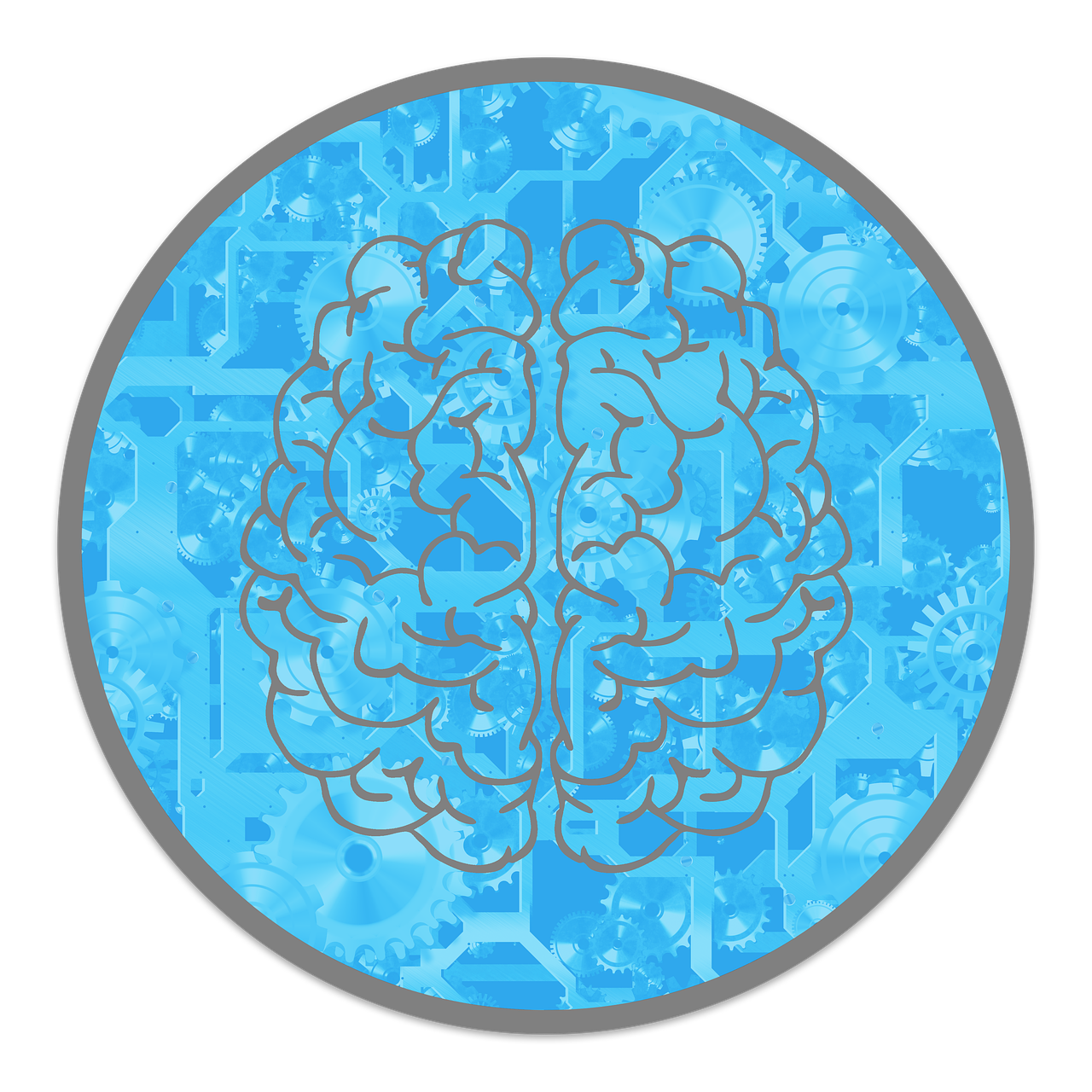
Bias is an unavoidable part of human cognition.
It affects how we interpret information, make decisions, and perceive reality.
While biases can sometimes help us navigate a complex world, they often distort our understanding of truth.
In this blog post, we’ll delve into the fascinating ways biases shape our perception, backed by scientific insights and research.
Cognitive Biases and Their Influence
Cognitive biases are systematic errors in thinking that affect how we process information.
These biases often operate unconsciously, shaping our perceptions without us even realizing it.
Let’s explore some of the most common cognitive biases that influence our sense of truth.
Confirmation bias
Confirmation bias is our tendency to seek, interpret, and remember information that confirms our existing beliefs.
For example, if you believe a specific diet is effective, you’re more likely to notice success stories than failures.
A 2018 study in Nature Human Behaviour revealed that individuals are more likely to engage with information that aligns with their worldview, even when presented with contradictory evidence.
This bias can lead to echo chambers, where people only hear perspectives that reinforce their own, making it harder to reach objective truths.
Availability heuristic
The availability heuristic is our tendency to overestimate the importance of information that comes easily to mind.
For instance, after hearing about a plane crash, people might believe air travel is more dangerous than it actually is, despite statistical evidence to the contrary.
A study in Psychological Bulletin found that dramatic or emotionally charged events are more likely to influence our perception of reality because they’re easier to recall.
This bias can distort our understanding of risks and probabilities.
Anchoring bias
Anchoring bias occurs when we rely too heavily on the first piece of information we receive, even if it’s irrelevant or misleading.
For example, if a product is initially priced at $1,000 but discounted to $500, we’re likely to perceive it as a great deal, even if $500 is still expensive.
Research published in the Journal of Behavioral Decision Making shows that anchoring bias can significantly affect financial decisions, negotiations, and even judicial rulings.
Framing effects
How information is presented can influence how we interpret it.
This is known as the framing effect.
For example, people are more likely to choose a product labeled “90% fat-free” over one labeled “10% fat,” even though both are identical.
A 2020 study in Judgment and Decision Making demonstrated that framing can significantly alter perceptions, especially in health-related decisions and public policy debates.

Cultural and Social Biases
Beyond individual cognitive biases, cultural and social factors also shape how we perceive truth.
Stereotypes and prejudice
Stereotypes are generalized beliefs about groups of people, while prejudice involves negative attitudes based on those stereotypes.
Both can skew our understanding of individuals and communities.
For example, a 2019 study in Social Psychological and Personality Science found that implicit biases—automatic associations we make based on stereotypes—can influence hiring decisions, law enforcement practices, and educational opportunities.
Cultural norms and values
Cultural norms and values also shape our perceptions.
What is considered “true” or “right” often depends on cultural context.
For instance, collectivist cultures may prioritize group harmony, leading to different interpretations of events compared to individualist cultures.
A 2021 study in Cultural Psychology revealed that cultural upbringing significantly influences moral judgments, conflict resolution styles, and even memory recall.
Media bias
Media bias refers to the slant or perspective through which information is presented.
This bias can affect how we perceive events and issues.
For example, the framing of political stories often varies dramatically between conservative and liberal outlets.
According to a Pew Research Center survey, 62% of Americans believe news organizations favor one side in reporting, highlighting the prevalence of perceived media bias.
Consuming information from a single source can reinforce existing biases and limit understanding.

The Impact of Bias on Decision-Making
Biases affect our decisions in powerful ways, often steering us toward choices that aren’t ideal.
Let’s look at some areas where bias has a major influence:
Political polarization
In politics, biases deepen divisions and make finding common ground harder.
Confirmation bias, where we seek out information that supports what we already believe, and media bias both play a role.
They strengthen partisan viewpoints and make compromise difficult.
A 2020 study in Science Advances found that people’s tendency to consume media aligned with their beliefs intensifies polarization.
Social justice issues
Biases also contribute to social inequalities. Implicit biases—unconscious attitudes or stereotypes—can lead to unfair treatment in housing, education, and healthcare.
For instance, a 2018 study in Health Affairs showed that racial biases among healthcare providers contributed to unequal treatment and worse health outcomes for marginalized groups.
Everyday life
Bias doesn’t just affect big issues—it’s present in our daily lives too.
Whether we’re deciding what to eat or whom to trust, our brains rely on shortcuts, or heuristics, to make quick choices.
Unfortunately, these shortcuts can sometimes lead us astray, resulting in less-than-optimal decisions.

Overcoming Bias and Seeking Truth
Bias is a natural part of how we think, but it doesn’t have to control our decisions or beliefs.
Here are some practical ways to reduce bias and get closer to the truth.
Developing self-awareness
The first step in overcoming bias is acknowledging it.
Pay attention to your thought patterns and question your assumptions.
Reflecting on why you think the way you do can help you spot areas where bias might influence your choices.
Critical thinking skills
Critical thinking means looking at information carefully and weighing evidence before making decisions.
A 2017 study published in Thinking Skills and Creativity showed that training in critical thinking can significantly reduce cognitive biases, helping us make fairer and more informed choices.
Seeking diverse perspectives
Engaging with different viewpoints can challenge your biases and expand your understanding.
Read books, have conversations, and explore media that reflect perspectives different from your own.
This not only fosters open-mindedness but also helps you see issues more clearly.
Seeking reliable information
Stick to credible sources and verify facts before accepting them as true.
Tools like FactCheck.org and Snopes can help you spot misinformation and avoid being misled.
Practicing open-mindedness
Be willing to change your mind when new evidence emerges.
Admitting you were wrong and updating your beliefs shows strength, not weakness, and is key to personal growth.
Cultivating empathy
Empathy helps you see the world through others’ eyes, reducing stereotypes and prejudices.
A 2020 study in Emotion found that empathy training improves understanding and helps reduce biases, making it a powerful tool for personal and social change.

Final Thoughts
Biases are an inevitable part of human nature, but they don’t have to dictate our perception of truth.
By developing self-awareness, embracing critical thinking, and seeking diverse perspectives, we can challenge our biases and strive for a clearer understanding of the world.
The journey to overcoming bias is ongoing, but it’s a necessary step toward a more equitable and informed society.


